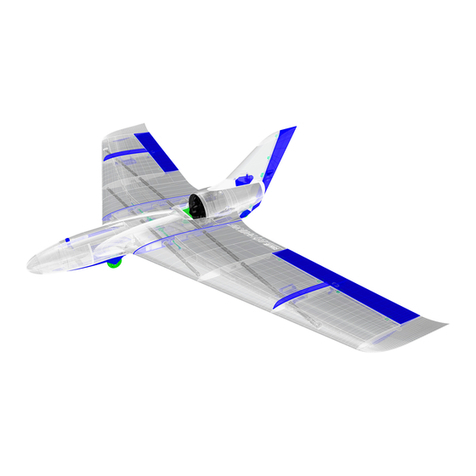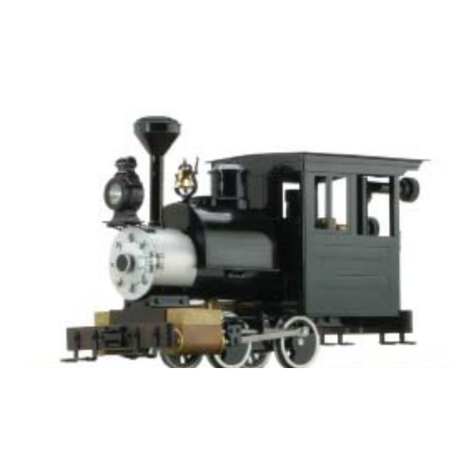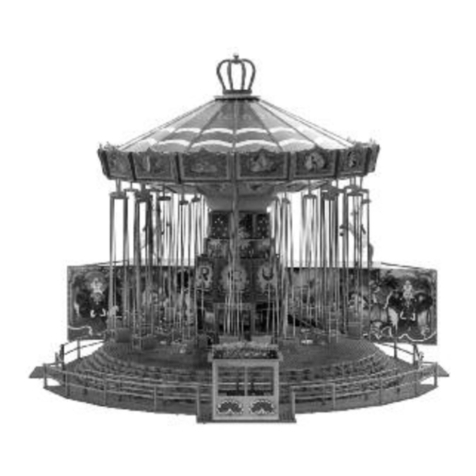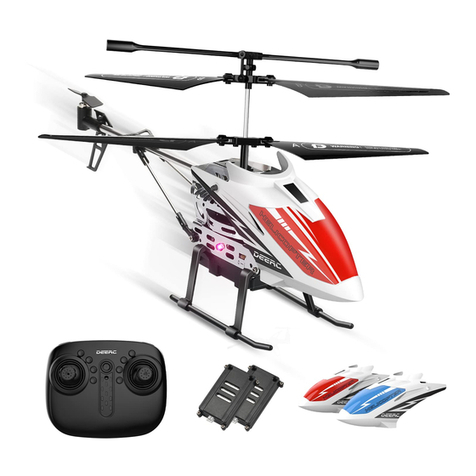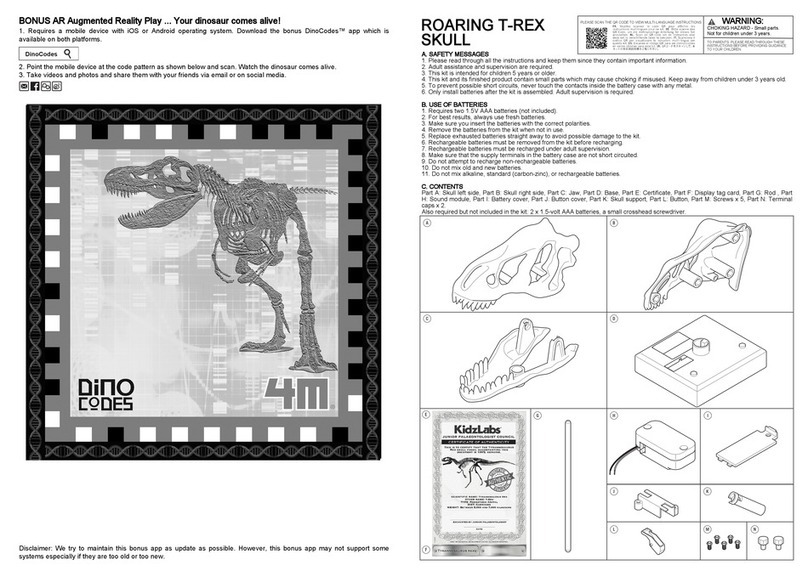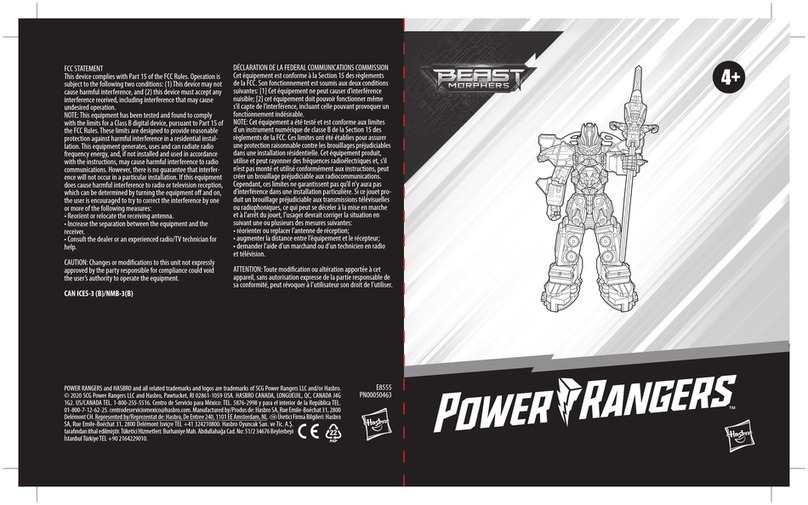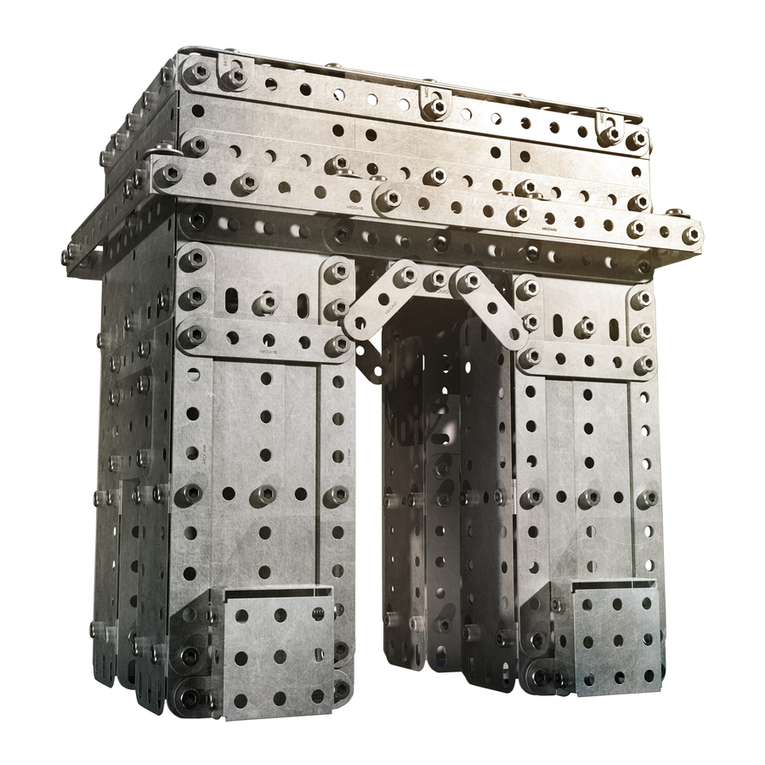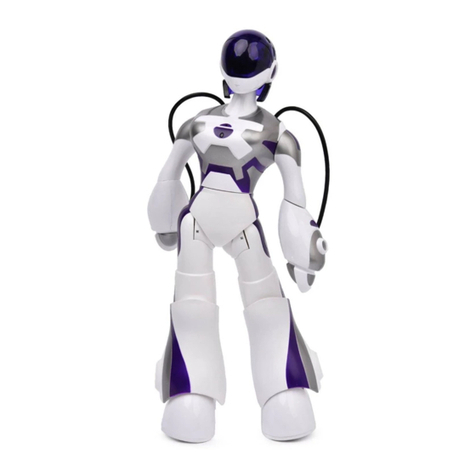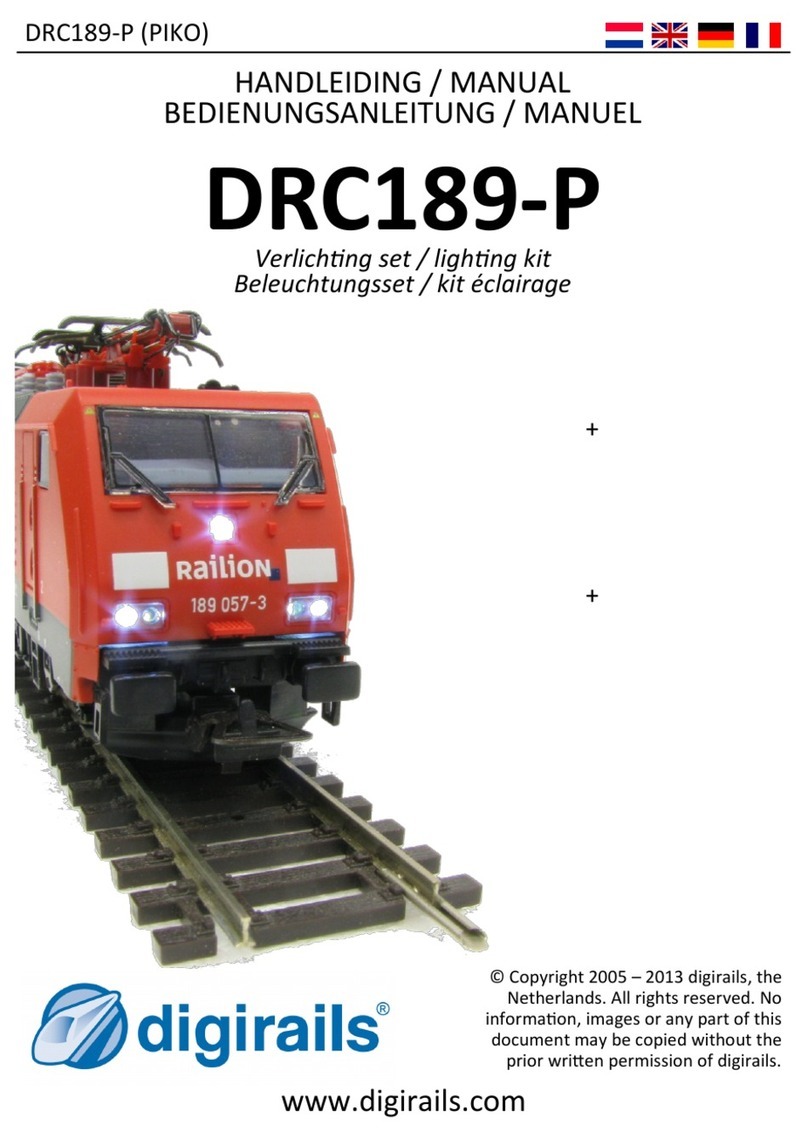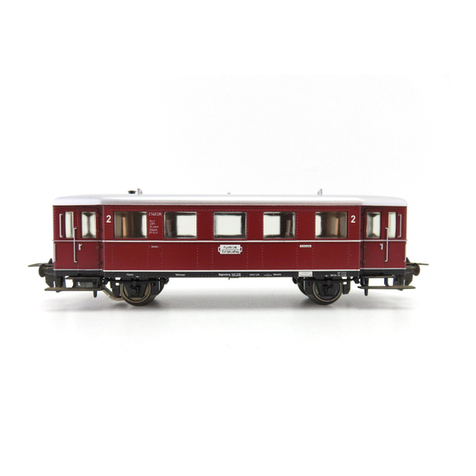
THANK YOU AND WELCOME TO TMPro!
Thank you for purchasing the TMPro Katana V2. Once again we have brought the best in performance and
quality to our customers and have made even more improvements to our line of profile models by incorporating
a convenient 2-piece wing for easier transport, just 2 wing bolts, wheel pants, servo extensions, and much
more! The Katana V2 is a proven high performance 3D machine and will perform all the maneuvers like
elevators, positive and inverted harriers, waterfalls, knife edge spins, positive and inverted flat spins, and of
course rock solid hovers and torque rolls. The full range of flight characteristics offered by the Katana V2 will
satisfy the demands of the most discerning pilot yet still offer a stable enough platform even a beginner will
appreciate. You can learn 3D, IMAC and pattern flying at a very reasonable cost using standard radio
equipment and readily available .46 to .72 size sport motors.
A QUICK WORD ABOUT SAFETY AND RADIO CONTROL FLYING MODELS
With radio control aircraft, like any hobby or sport, there are certain risks. The operator of all TMPro models is
responsible for these risks. With this in mind, you will want to be certain that you build your model carefully
and correctly. If you are not an experienced flier, have your work checked and ask for help in learning to fly
safely. This model aircraft is not a toy and must be operated and flown in a safe manner at all times. Always
perform a pre-flight check of the model including all control surfaces, proper function of the radio gear,
structure, radio range, and any other area relating to the safe operation of this aircraft.
Models are not insurable but operators are. You can obtain coverage through membership in the Academy of
Model Aeronautics (AMA). For an AMA information package call 1-800-435-9262, ext. 292 or visit the AMA
website at "http://www.modelaircraft.org/".
ENGINES, PROPELLERS AND MUFFLERS
The recommended engine range for the Katana 46 V2 is a .40 - .50 2-stroke engine or a .52 to .72 4-stroke
engine. For the 70 size is .60-.90 2-stroke or a .82 to .91 4-stroke. There is also the new Saito .82 engines
which of course we know many of you are going to use since they are less then the weight of a .72. Just be
very careful as that is a lot of motor for this light airplane. There are a tremendous variety of engines available
and each type has its own advantages and disadvantages. The 2-stroke engines are lighter and more powerful
for their weight while the 4-stroke engines are somewhat heavier but are quieter and usually have better torque
transition. Additionally, the 4-strokers can turn a larger diameter prop that can deliver more airflow over the
control surfaces. Selecting the proper size of propeller for your particular engine is a very important part of the
whole set up. The Katana V2, as all 3D profiles, was designed to use low pitch props. What you need is air
flow and vertical performance, not straight-line speed. We recommend using the lowest pitch, highest
diameter propeller you can find for your particular engine. The use of high pitch props can cause air
"cavitation" around the prop blades during hovering or slow vertical maneuvers. Air cavitation may sound neat
but it's not what you want because the prop is no longer biting into "clean air" and you may loose altitude very
quickly; so be wise when selecting your prop. Also, please be aware that the power available in today's
engines, while tremendously advantageous for 3D flying, can quickly lead to over speeding the plane. Manage
your throttle wisely to prevent over speeding and stressing the airframe!
Building supplies and tools required to complete the model :
Thin and Medium CA
CA accelerator
5 Minute Epoxy
Hobby Knife
Screwdrivers
Covering Iron
Engine and Prop
Radio Gear
If you are using specialty servos or control arms, then attach them at your discretion after assembly.
It’s important to make sure your geometry is square for better performance.
